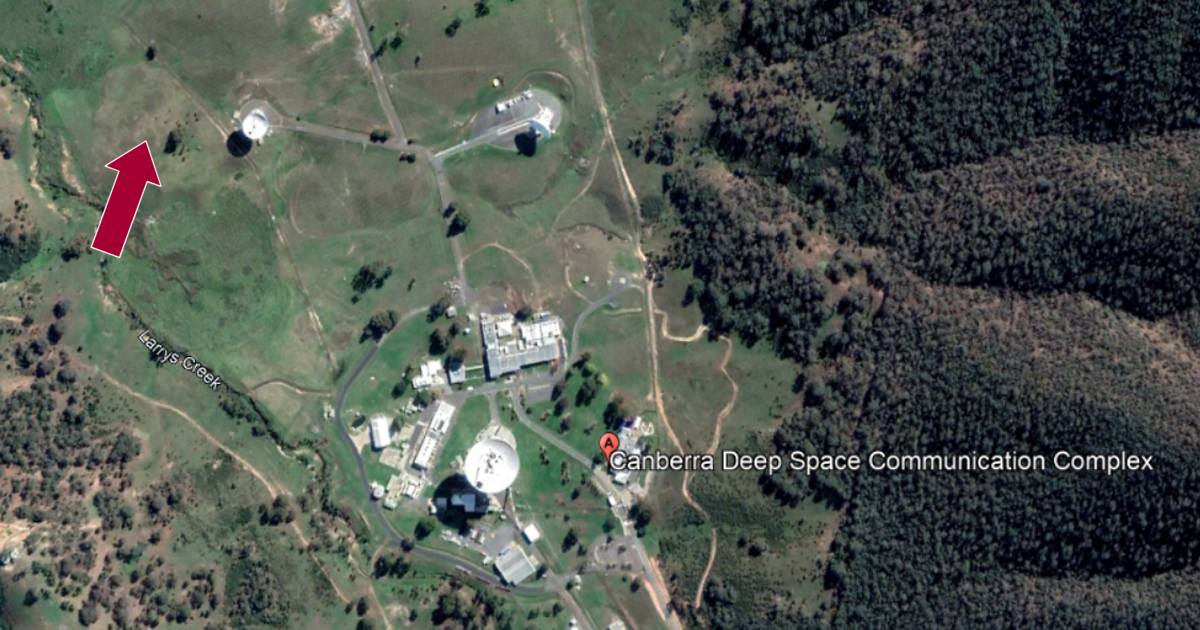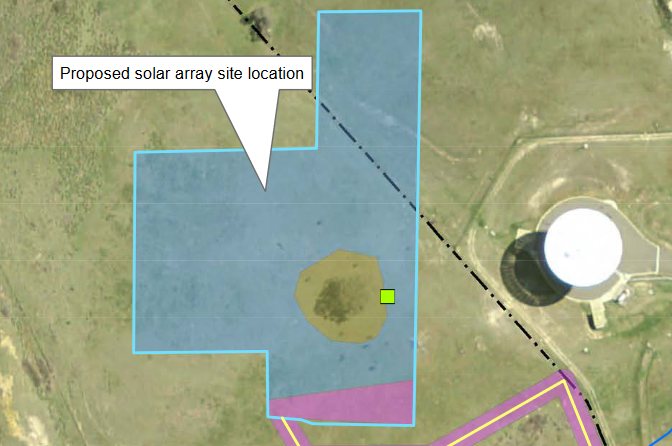
A solar power project for the Canberra Deep Space Communication Complex (CDSCC) at Tidbinbilla in the ACT appears to be (very slowly) moving ahead.
The CDSCC is a satellite communication station, part of NASA Jet Propulsion Laboratory’s Deep Space Network. The complex was one of three tracking stations built in the ACT by NASA in the mid-1960’s. It has been managed by various organisations over the years including Raytheon Australia and BAE Systems (formerly British Aerospace Australia), but these days management is in the hands of CSIRO.
Back in late 2018, CSIRO called for expressions of interest to construct a ground-mounted solar array to help power the complex. It’s a tricky project, and more than 3 years on it still hasn’t been built even though it’s not a particularly big system.
But there’s movement at the station.
Among the sensitive aspects are environmental and cultural issues. The project is being assessed under the Environment Protection and Biodiversity Conservation Act 1999 (the EPBC Act) and last week it entered a public comment period.
The solar farm is expected to be around 990 kVA (I’ll assume that translates to 990kW) and will be constructed within an already pretty much cleared area of 1.7 hectares. The project also includes installation of a 500-metre 22 kV powerline to connect to existing electrical services at the facility.
Tree Vs. PV
While the site has been mostly cleared through past agricultural activity, it appears the one mature tree in the project area has caused a few complications.
From satellite imagery, it looks like there’s plenty of other tree-less spots this solar array could be placed. But it seems there are steep gradients in other areas making them unsuitable. Reducing the size of the array to work around the tree would knock an estimated 14.1% off output.
The Apple Box (Eucalyptus bridgesiana) tree was identified by Recognised Aboriginal Organisations (RAOs) as an important tree, but apparently it is unlikely to meet criteria to be of Commonwealth Heritage value. The tree has been assessed as having no habitat value aside from occasional cover for birds, is a common species in the area and is not a culturally modified tree according to the heritage consultant.
Assuming the project gets a thumbs up (in whatever form) from the powers-that-be, construction is planned to finally kick off in May this year, with the clean power station expected to be completed by the end of August 2022.
The project aligns with CSIRO’s 2020-2030 Sustainability Strategy priorities. Last year the organisation announced it is aiming to achieve net zero emissions (Scope 1 and 2) for all of CSIRO by that year, and for all of its indirect emissions and value chains (Scope 3) by 2050.
By around August last year, CSIRO had already installed 13,000 solar panels installed across 10 of its 55 sites nationally for a collective capacity of 5MW.
EPBC documentation indicates electricity generated by the Tidbinbilla PV installation will be acquired under a Power Purchase Agreement (PPA).


 RSS - Posts
RSS - Posts



Speak Your Mind